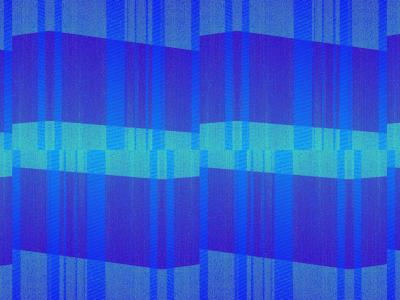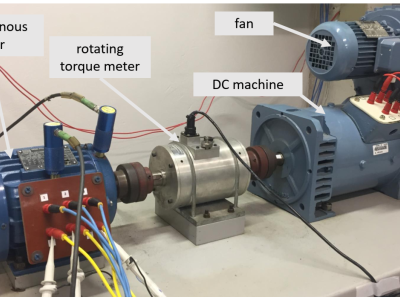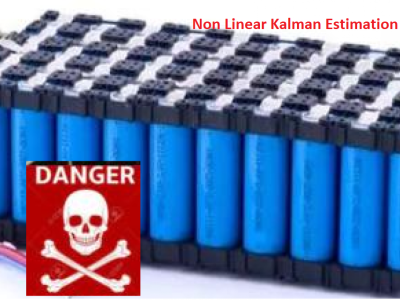NT-QISN Dither process time domain data

- Citation Author(s):
-
Yuanpeng Gao (中国科学院上海技术物理研究所)
- Submitted by:
- Yuanpeng Gao
- Last updated:
- DOI:
- 10.21227/scs0-9q61
- Data Format:
 6 views
6 views
- Categories:
- Keywords:
Abstract
High-precision, high-resolution ultra-deep field astronomical observations are essential for detecting special celestial bodies and extremely rare astronomical events. Space astronomical telescopes can achieve this by employing the fine image stabilization system (FISS) to generate line-of-sight (LOS) dithering, enabling scientific instruments to obtain higher-resolution astronomical images through resampling and fusion algorithms. To meet the requirement for sub-pixel dithering control in the FISS of space telescopes, an adaptive control algorithm based on a single neuron is proposed. This algorithm dynamically adjusts controller parameters in response to complex environmental disturbances. It enhances low-frequency disturbance suppression while avoiding the amplification of disturbance amplitudes at the resonant frequency, thereby addressing a critical challenge in the design of fine image stabilization systems. The design ensures that the telescope's LOS stability meets the requirement of 5.43 µm (3σ) while achieving high-precision pointing. Additionally, to mitigate overshoot and oscillation issues caused by dithering control, a nonlinear tracker is introduced to achieve rapid tracking without overshoot. The ground test results demonstrate that after four ditheringstabilization, the FISS achieves a composite mean error of two-dimensional pointing better than 0.005 µm, a LOS stability better than 4.41 µm (3σ) within the 0–8 Hz frequency range, and a disturbance suppression ratio exceeding 96%.
Instructions:
The data are the dithering control results in the X and Y directions.
The first to fifth columns are: disturbance, target offset, target offset after nonlinear tracker, real offset and FSM compensation angle.







